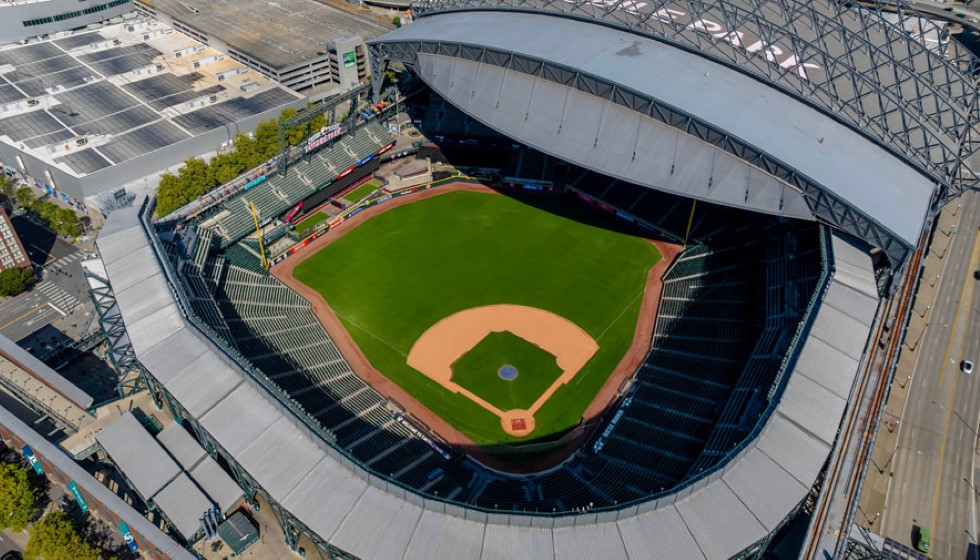
Trouble at Tropicana Field: Dome Sustains Damage from Hurricane Milton
Tropicana Field, the iconic home of Major League Baseball's Tampa Bay Rays, recently faced a significant challenge when the sheer force of nature tested its resilience. Overnight, the stadium's renowned domed roof, a central feature of the St. Petersburg skyline, sustained severe damage due to the formidable Hurricane Milton, which roared ashore with more fury than anticipated.
Design and Resilience Tested
The significant feature of Tropicana Field is its massive cable-supported dome structure that spans six acres, designed to give fans an uninterrupted view of the game. Constructed from translucent, Teflon-coated fiberglass material and boasting an intricate network of 180 miles of cables and struts, it’s a marvel of modern engineering. This dome was believed to be nearly invincible, with a design capacity to withstand winds reaching speeds of up to 115 mph. Yet, when Hurricane Milton barreled into the Florida coastline making landfall as a Category 3 storm near Siesta Key, the dome was no match for the battering it received.
The tempestuous weather brought wind gusts peaking at 101 mph near the stadium, accompanied by relentless rain, pouring more than 16 inches within a day in the neighboring city of St. Petersburg. Reports suggest that the hurricane’s sustained winds and pressure were extreme enough to test the limits of the structure, eventually overwhelming it.
Preparedness and Impact
Before Milton’s arrival, Tropicana Field served a dual purpose. In addition to its usual role, it was designated as a base camp for emergency responders ready to react wherever needed. Fortunately, foresight and caution prevailed. Florida Governor Rick DeSantis confirmed, "First responders had moved to a safe location prior to the storm's landfall and were not inside Tropicana Field when it sustained damage." This preventive measure undoubtedly averted potential injuries and ensured immediate attention was available where needed.
Despite these precautions, the storm’s aftermath left its mark, affecting millions of lives. Across the state, almost 2 million residents found themselves without power, grappling with the storm's sweeping impact. The temporary setback, a tangible reminder of nature's overwhelming power, drew significant attention from both local residents and the broader baseball community.
More Than Just Baseball
Since its opening in 1998, Tropicana Field has stood as a pillar in the community, not only as the home of the Rays but also playing host to a myriad of events beyond just baseball. This multipurpose role amplifies the urgency to address the damage swiftly, with planning already in place to rebuild to serve the multitude of events it hosts each year.
Future Prospects and Optimism
The stadium's current state has renewed discussions surrounding the allocation of resources for its restoration and improvement. Earlier this year, Pinellas County commissioners had already given their nod to public funding aimed at constructing a new ballpark for the Rays. While the timeline and logistics for this new endeavor remain to be seen, the present circumstances highlight the necessity of such progress, shaping not just where games perform but enhancing the very cultural fabric of the region.
Throughout its years of operation, Tropicana Field has weathered its share of storms, both literal and metaphorical. It continues to be a beacon of resilience and spirit, much akin to the community it represents. As the management teams and city officials assess and address the extent of the damage, the shared sense of camaraderie and resilience among the locals assures that Tropicana Field will not only recover but potentially transform into something even more spectacular.